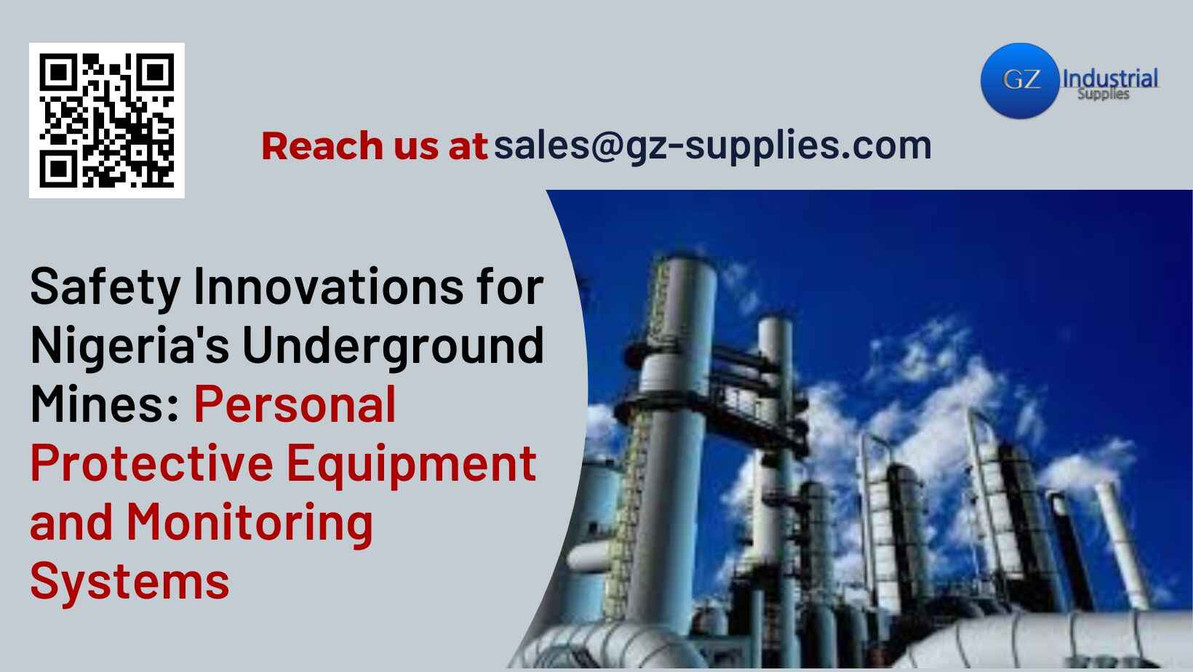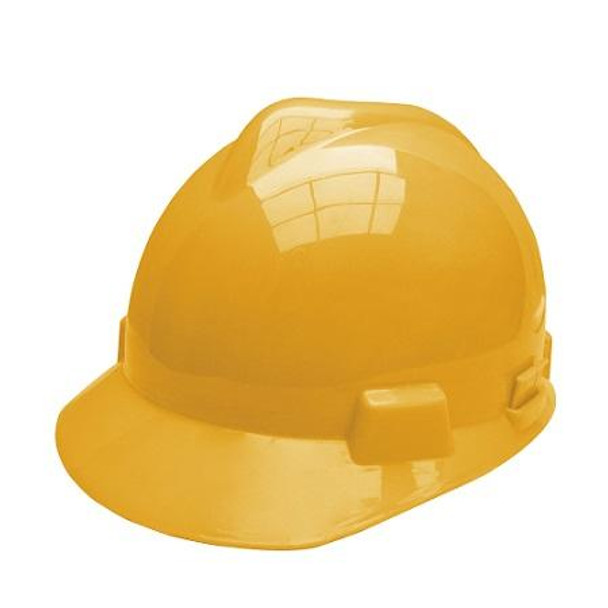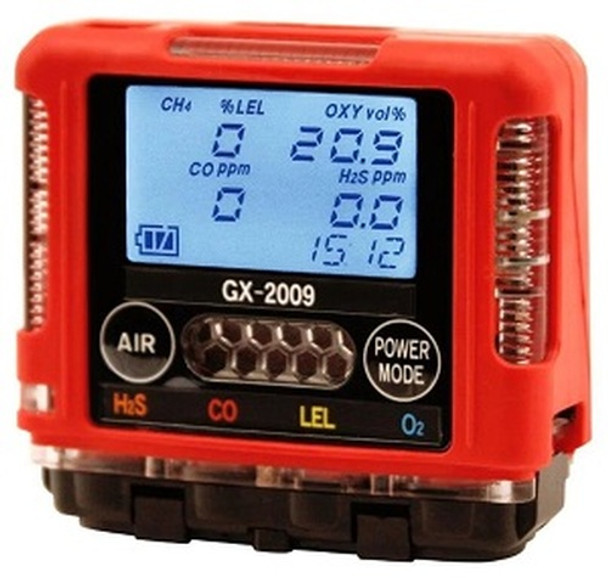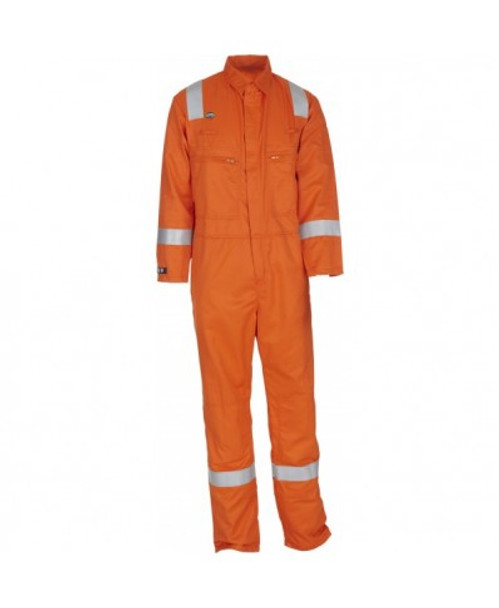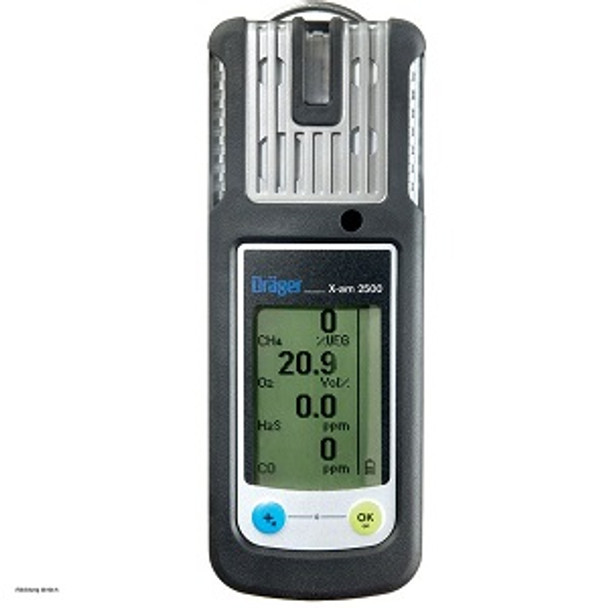Safety Innovations for Nigeria's Underground Mines: Personal Protective Equipment and Monitoring Systems
Key Takeaways
- Advancements in PPE: Modern personal protective equipment (PPE) like helmets, respirators, and flame-resistant clothing offer enhanced protection, durability, and comfort for underground miners.
- Gas Detection Systems: Real-time portable and fixed gas detectors are essential for monitoring hazardous gases, preventing explosions, and ensuring safe air quality in mines.
- Ground Monitoring Technology: Innovative seismic and ground stability monitoring systems provide early warnings of structural weaknesses, reducing the risk of cave-ins and accidents.
Introduction
Safety innovations in Nigeria's underground mining industry are transforming how companies protect their workers and ensure operational efficiency. Advances in personal protective equipment (PPE) like helmets, respirators, and flame-resistant clothing provide miners with enhanced protection, durability, and comfort.
Additionally, cutting-edge monitoring systems, including gas detectors and real-time location tracking, enable mines to continuously assess environmental hazards, detect structural instabilities, and quickly respond to emergencies.
These innovations are crucial for minimizing risks, complying with safety regulations, and safeguarding the well-being of miners in Nigeria's demanding underground environments. By adopting these technologies, mining companies can significantly improve safety outcomes and operational resilience.
This content explores the latest safety innovations tailored to Nigeria's underground mines, highlighting how these advancements are reshaping the industry’s approach to safety and risk management.
Safety Helmet (Yellow)
Personal Protective Equipment (PPE)
1. Helmets and Head Protection
Modern helmets have evolved beyond basic head protection to include advanced features that enhance both safety and functionality. Innovations in helmet technology focus on improving impact resistance, which is crucial in preventing head injuries from falling debris or equipment accidents. New designs incorporate integrated communication systems, allowing miners to maintain contact with their teams and supervisors even in noisy and challenging environments. These advancements not only increase safety but also improve coordination and response times during emergencies.
2. Respiratory Protection
Respiratory protection is critical in underground mining where air quality can be compromised by dust, fumes, and toxic gases. Recent innovations in respirators and dust masks include advanced filtration technologies that offer better protection and greater comfort. Self-contained breathing apparatus (SCBA) units have also seen significant improvements, providing miners with reliable and long-lasting respiratory protection in hazardous conditions. These advancements are essential for preventing respiratory illnesses and ensuring miners can safely perform their duties in contaminated environments.
3. Protective Clothing and Footwear
Protective clothing and footwear have been designed with enhanced safety features to address the specific risks of underground mining. Modern fabrics used in mining clothes are flame-resistant, durable, and capable of withstanding extreme conditions. Innovations in mining boots include reinforced soles and toe protection to prevent injuries from heavy objects and sharp debris. These advancements not only improve safety but also increase comfort and durability, allowing miners to work more effectively and safely.
4. Eye and Hearing Protection
Eye and hearing protection are essential for safeguarding against injuries caused by flying particles and excessive noise. New technologies in safety goggles provide better impact resistance and clarity, while improved hearing protection devices help to reduce noise exposure and prevent hearing loss. These innovations are crucial for maintaining overall worker health and preventing injuries in the noisy and hazardous environment of underground mines.
Monitoring Systems
1. Gas Detection Systems
Gas detection systems are vital for maintaining a safe underground environment by monitoring air quality and detecting harmful gases. Portable gas detectors are widely used to provide real-time data on gas concentrations, alerting miners to hazardous conditions such as methane or carbon monoxide buildup. Fixed gas detection systems, installed at strategic locations within the mine, continuously monitor air quality and trigger alarms if gas levels exceed safety thresholds. These systems are essential for preventing explosions and protecting workers from toxic exposures.
2. Ground and Structural Monitoring
Ground and structural monitoring technologies play a crucial role in assessing the stability of mine structures and detecting potential hazards. Advanced systems use sensors to monitor ground movements and detect changes in structural integrity, such as subsidence or cave-ins. Seismic monitoring equipment can detect vibrations and shifts in the earth, providing early warnings of potential collapses. By continuously evaluating ground stability, these monitoring systems help prevent accidents and ensure the safety of both miners and mining infrastructure.
3. Real-Time Location Systems (RTLS)
Real-Time Location Systems (RTLS) offer significant advantages in tracking the precise location of workers within the mine. These systems use various technologies, such as RFID tags and GPS, to monitor the movements and locations of personnel. RTLS can be integrated with other safety systems to enhance situational awareness and improve rescue operations in case of emergencies. By providing real-time data on worker locations, RTLS helps ensure that everyone is accounted for and can be quickly located in the event of an incident.
4. Environmental Monitoring
Environmental monitoring involves tracking various factors such as temperature, humidity, and ventilation to maintain safe working conditions underground. Innovations in environmental monitoring systems provide continuous data on these parameters, helping to ensure that the mine remains within safe operational limits. Effective ventilation systems are essential for controlling air quality and preventing the buildup of hazardous gases. By monitoring environmental conditions, these systems contribute to maintaining a healthy and safe work environment for miners.
Hellog energy Portable Multi gas detector
Regulatory and Compliance Considerations
Overview of Safety Regulations and Standards
In Nigeria, the safety of underground mining operations is governed by various regulations and standards aimed at protecting workers and ensuring safe working environments. Key regulatory bodies, such as the Nigerian Mining Cadastre Office (NMCO) and the Federal Ministry of Mines and Steel Development, set standards for safety practices and equipment. These regulations mandate the use of specific types of PPE and monitoring systems, and require regular inspections and maintenance to comply with safety guidelines.
Alignment with Regulatory Requirements
Safety innovations in PPE and monitoring systems are designed to align with these regulatory requirements, ensuring that mining operations meet or exceed industry standards. For instance, gas detection systems must comply with standards that dictate their sensitivity and reliability, while PPE must meet safety certifications for impact resistance and durability. By adhering to these regulations, mining companies not only ensure compliance but also enhance their overall safety performance and reduce the risk of accidents.
The Role of Compliance in Improving Safety
Compliance with safety regulations is crucial for minimizing risks and preventing accidents in underground mines. Innovations in safety technology, such as advanced gas detectors and real-time location systems, play a significant role in meeting regulatory standards and improving safety outcomes. Regular audits and inspections help verify compliance and identify areas for improvement, ensuring that safety measures are effectively implemented and maintained.
Flame Retardant Coverall Hellog
Challenges and Solutions
Common Challenges in Implementing Safety Innovations
Implementing safety innovations in Nigerian mines can be challenging due to factors such as high costs, technical complexity, and the need for specialized training. The initial investment in advanced PPE and monitoring systems can be substantial, and integrating new technologies with existing infrastructure may require significant modifications. Additionally, ensuring that all personnel are trained to use and maintain these systems effectively can be a logistical challenge.
Solutions and Best Practices
To overcome these challenges, mining companies should adopt a phased approach to implementing safety innovations, starting with pilot programs to test new technologies before full-scale deployment. Partnering with equipment suppliers and safety experts can provide valuable insights and support in selecting the right solutions. Investing in comprehensive training programs ensures that staff are proficient in using new equipment and adhering to safety protocols. Regular maintenance and updates to safety systems help sustain their effectiveness and ensure continued compliance with regulations.
The Importance of Training and Maintenance
Ongoing training and maintenance are critical for maximizing the benefits of safety innovations. Regular training sessions keep miners informed about the latest safety practices and technologies, while routine maintenance ensures that equipment operates reliably. By fostering a culture of safety and continuous improvement, mining companies can enhance their safety performance and protect their workforce more effectively.
Case Studies and Success Stories
Examples of Successful Implementation
Several Nigerian mining companies have successfully integrated advanced safety technologies into their operations, leading to significant improvements in worker safety and operational efficiency. For example, a leading mining firm implemented a comprehensive gas detection system across its underground operations, resulting in a notable reduction in gas-related incidents. Another company adopted real-time location systems, which enhanced their ability to track and respond to emergency situations, improving overall safety outcomes.
Lessons Learned and Best Practices
These case studies highlight the importance of selecting appropriate technologies, investing in training, and maintaining rigorous safety standards. Best practices include conducting thorough risk assessments before implementing new technologies, engaging with experienced vendors, and continuously evaluating and updating safety measures to address emerging challenges.
Draeger Multi-gas detector X-am 2500
Frequently Asked Questions
1. What are the latest advancements in helmets for underground mining?
Recent advancements include helmets with improved impact resistance, integrated communication systems, and enhanced comfort features. These innovations help protect miners from head injuries and facilitate better communication in challenging environments.
2. How do modern gas detection systems enhance safety in underground mines?
Modern gas detection systems provide real-time monitoring of air quality and gas concentrations, allowing for early detection of hazardous conditions. Portable and fixed detectors alert miners to dangerous levels of gases like methane and carbon monoxide, preventing potential explosions and toxic exposures.
3. What are the benefits of using real-time location systems (RTLS) in mining operations?
RTLS improves safety by tracking the precise location of workers within the mine, enhancing rescue operations and situational awareness. They help ensure that miners are accounted for and can be quickly located in emergencies.
4. How can mining companies address the high costs of implementing new safety technologies?
Companies can address costs by starting with pilot programs to test new technologies, partnering with equipment suppliers for support, and investing in phased implementations. Additionally, comprehensive training and maintenance help maximize the return on investment.
5. What role do regulatory standards play in shaping safety innovations for underground mines?
Regulatory standards dictate the requirements for safety equipment and practices, guiding the development and implementation of innovations. Compliance with these standards ensures that safety technologies meet necessary criteria for effectiveness and reliability.
Related Articles
Enugu's Coal Mining Industry: Safety Equipment and Sustainable Practices
Safety Equipment in Nigeria 2024 Reviews
Essential Safety Equipment for Workshops and Construction Sites in Nigeria
Conclusion
Safety innovations in personal protective equipment and monitoring systems are transforming Nigeria's underground mining industry. By adopting advanced technologies and adhering to regulatory standards, mining companies can significantly enhance worker protection and operational safety. As the industry continues to evolve, staying informed about the latest innovations and best practices will be essential for maintaining a safe and efficient mining environment.
For cutting-edge personal protective equipment and monitoring systems tailored to the needs of underground mining, visit GZ Industrial Supplies. Discover a range of innovative solutions designed to enhance safety and efficiency in Nigeria's mining industry.
Recent Posts
-
Types of Agricultural Machinery and Their Uses
Introduction Agricultural machinery refers to machines used in doing various types of farm work. The …Apr 29, 2025 -
The Best Water Pumps in Nigeria 2025 Reviews
Introduction Water pumps have become so essential in the current world and every household should ha …Apr 28, 2025 -
Top 5 OBD2 Scanners for DIY Car Diagnostics in 2025
Top 5 OBD2 Scanners for DIY Car Diagnostics DIY car maintenance is booming in 2025, and having the r …Apr 26, 2025

